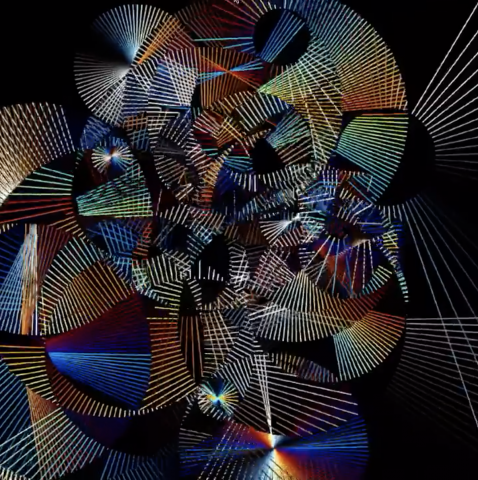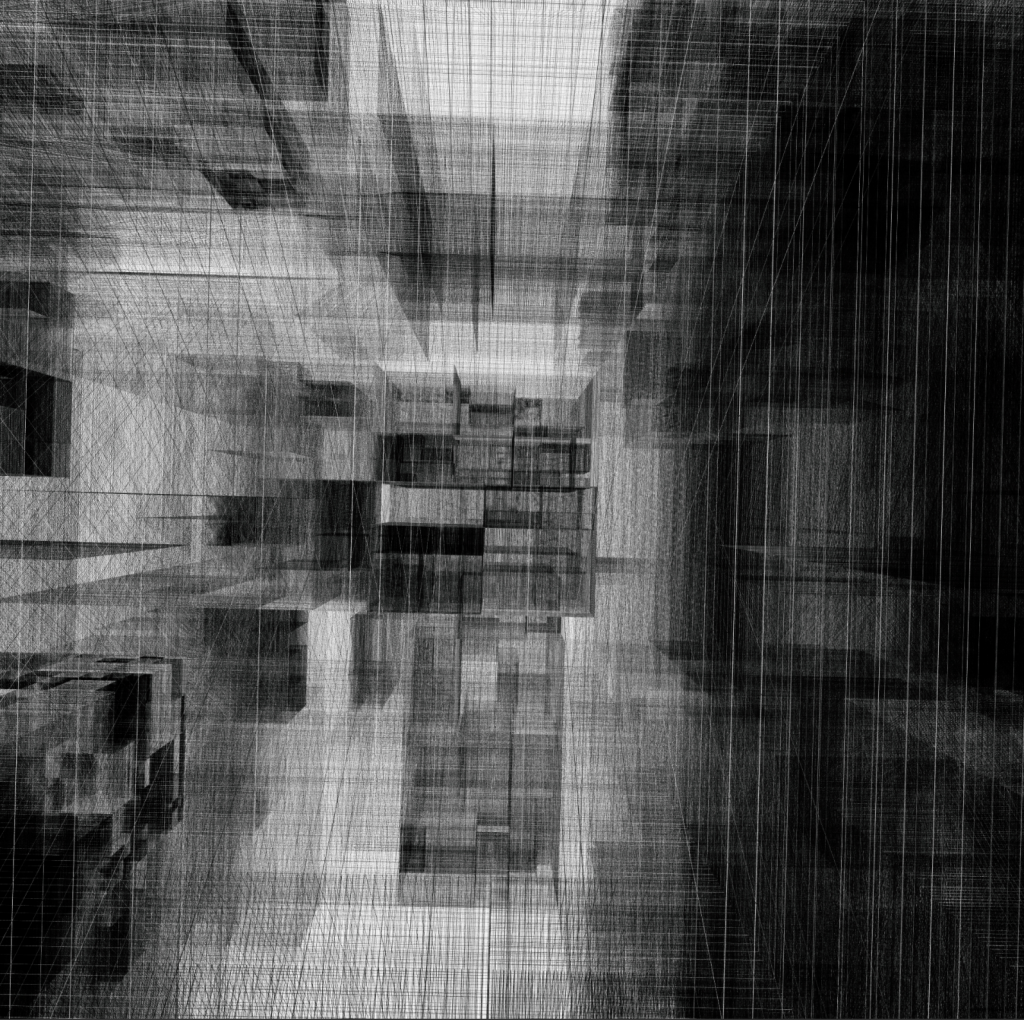Naimark’s distinction between “First Word Art” and “Last Word Art” reminds me of how fickle definitions of art are. Since coming to art school, I’ve become more passionate about making art accessible. I don’t think anybody should need a degree or an art education in order to understand someone else’s work. But at the same time, I think it’s our job as artists to defy expectations and push the possibilities of art in different directions. Since the beginning of COVID-19, there has been this exodus to a completely digital format.
I think it’s interesting to consider how we can make lasting digital art when technology evolves so fast. It’s possible that after ten or fifteen years, you might not be able to access the art due to changes in browsers, social media, etc. Additionally, the internet is so vast that a single art piece is just a drop in an ocean of other artists, ideas, and innovations. I believe one way to combat this fast paced evolution is to evolve with the technology and continuously create new pieces. However, this approach makes it difficult to make lasting art. We could also bring digital pieces into the physical world (e.g. digital prints, installations, etc.), but those could be less accessible. I think it’s exciting that the future of art is so mysterious and I hope with the tools I develop in this class, I can contribute to the new union of art and technology.


